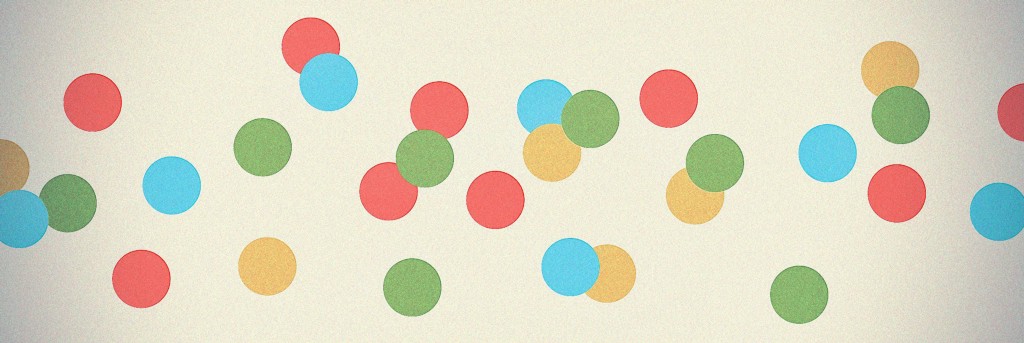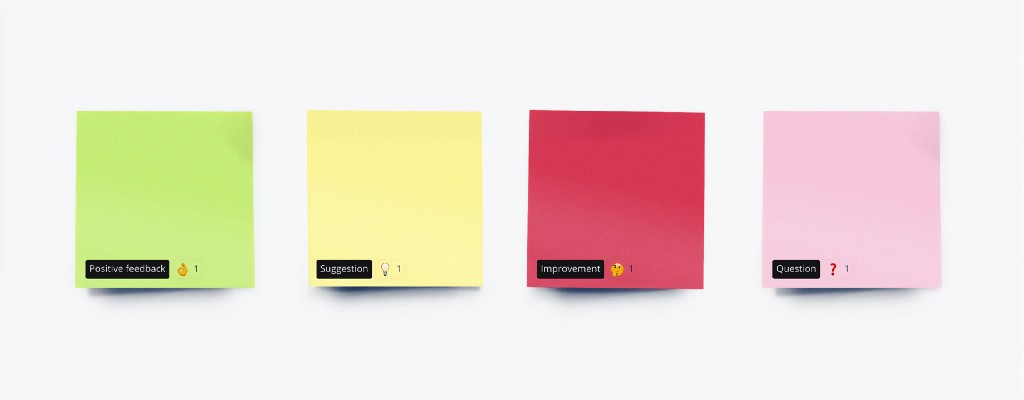I have personally done some of my best work as part of a design culture in which viewpoints are freely exchanged and argued upon. I started thinking about the importance of such a design culture and drafted out guidelines for the remote working environment due to a worldwide pandemic.
My main takeaways:
- Don’t waste online time on a task that can be done beforehand
- Save time using templates and put the effort to present your work
- Switch between the roles or get an external facilitator to help you out
- Be clear about the session findings and which action points you will take
- Do consider whether “a live event” is even needed for a remote session?

Design critiques are an important part of improving the collective quality of a design. To make improvements happen, it is equally important to have a culture where designers feel safe to share designs and in return become more robust and feel trusted over their skills.
First of all, let us distinguish the concepts of criticism and critique from each other. Criticism, which is commonly based purely on opinions, can crush all creativity. There are general signs of corroding criticism: finding the faults, concentrating constantly on the negative, or acting without a proper understanding of the bigger picture. And worst of all: not focusing on the design but instead on the designer.
A good rule of thumb is to start and end with a positive note by adding constructive feedback in the middle. I consider that the ratio of two constructive critiques to one compliment is a minimum quantity. It is important to think about the context where the work displayed belongs and also think of the person behind the work. Criticism is an effective way for the community to set itself apart from others. But the wrong tool to be used within the community as it also divides individuals.
A critique session is a tool for controlling the quality of a design through another pair of eyes. Resorting to an external view becomes critical when a design task extends for longer periods as a designer’s fatigue is an actual thing. This is true for a single designer working alone as well as for a team of designers working together on a design. A critique can even be used to gain a new ‘crowdsourced’ direction for the design.
All this led me to think of how we could achieve the benefits of an open working culture with individuals physically divided from each other?
During the past months, I have had the chance to organise multiple design critiques in the remote environment. Here are some takeaways for organising a critique session online.
My first experience with remote design critiques came in mid-May. This was quite soon after the novel covid-19 restrictions struck Finland. As an avid user of Figma, I naturally relied on its real-time shared work environment for displaying my designs to be critiqued upon. A simultaneous conference call on Google Hangouts was offered to have human contact with the invited attendees. At the beginning of the session, the guidelines of a critique session were introduced and the project details were explained.
A traditional critique session is filled with printouts, post-it notes, and dot stickers. It is also filled with small talks between the people during the session. When having a remote session everybody is instead ‘yelling in the same room’ — or worse sitting silently altogether.

Fifteen minutes of watching cursors move on a screen in a dead silent conference call felt like a long time. The fifteen-minute section was reserved for the participants to leave comments on the designs; mimicking a live session. We Finns are awkwardly comfortable with the silence surrounding us but fifteen minutes was too awkward even for us. So there had to be a better formula for a remote critique session at hand.
Before the next session, a link to the designs was shared with the attendees. The attendees were advised to familiarise themselves but not yet to comment on the designs. I found out that it is good to limit the amount of time to give critique to give sn equal time window for all attendees to contribute. Soft guidance might be enough to lead the participants. Don’t necessarily monitor the time used but let the participants guide themselves with the number of comments that can be crafted within thirty minutes, for example. Critiquing is more about quality than quantity, so time could also equal an better quality of the commentary.
Giving critique is quality over quantity thing, so time could also equal to a better quality of the commentary.
A remote session should always start with the guidelines and introduction. Having a shared formula for giving proper feedback is the key. It never hurts to repeat the shared rules especially if the audience keeps changing. After the introductory, the session can focus on each attendee individually highlighting one of their comments given in advance – one by one. The discussion will happen after each comment and the commentary rounds could go on as long as needed. Reserve still time to the finishing part of the session to conclude and set action points.
Finding a conclusion is an important part of a successful critique session. Video conferencing somewhat supports the group discussion. With the average sound breakages and connection problems, a slower-paced session is advised. Having a facilitator to moderate and guide the session is needed to make the critiquing culture a healthy one. Taking turns during a session also gives the discussion structure and makes it less likely for similar kinds of comments to come up repeatedly. By limiting the discussion to a set of dialogs it could sometimes be advised to think if the video conferencing is even necessary?

We are all familiar to have discussions in the written form. A silent critique is a known concept that outlives the current pandemic break. But it has been also coined as a concept for having a remote critique. Asynchronous events are relying on the discussion to happen in the written form and do promise a pan time-zone reach. We, modern humans, are used to have our discussions in the form of endless reply chains. We are also familiar with the fact that guidance and moderation are vital for a toxic culture of argumentation not to take place. Critique sessions without a live human-to-human connection do need a lot of prepping for making the participants moderate themselves.
To conclude: it is the human contact and those small discussions during the session, that can be as enlightening as the entire session itself. During these discussions, we learn the deeper meanings than what can be read in the few lines of the comment. It is also during this discussion that every attendee of the session gains insights and ideas for their next design project benefitting the quality of the design in the larger context.
I believe all designs should be shared, critiqued, and even criticised when it is called for. If we designers do not, others surely will. Critiques can lead an organisation towards better overall design quality. A greater concept of ”good design quality” is not purely an individual or subjective topic. The leading designer, design agency, or design collective creates a benchmark for good design for others to follow. An entire design-driven company can set the benchmark for a good design globally for an extended period. An organisation should openly benchmark itself against such cultural design hegemony in order to one day reach and go beyond it.
Further reading over the topic of design critiques:
This article has been previously published in a few postings for my employer Futurice’s blog. A design critique is a well-known concept in a design-oriented organisation. I like to consider myself as the torchbearer for a culture where it is safe not only to give critique but also be critiqued.

Design critiques, now was originally published in UX Collective on Medium, where people are continuing the conversation by highlighting and responding to this story.
